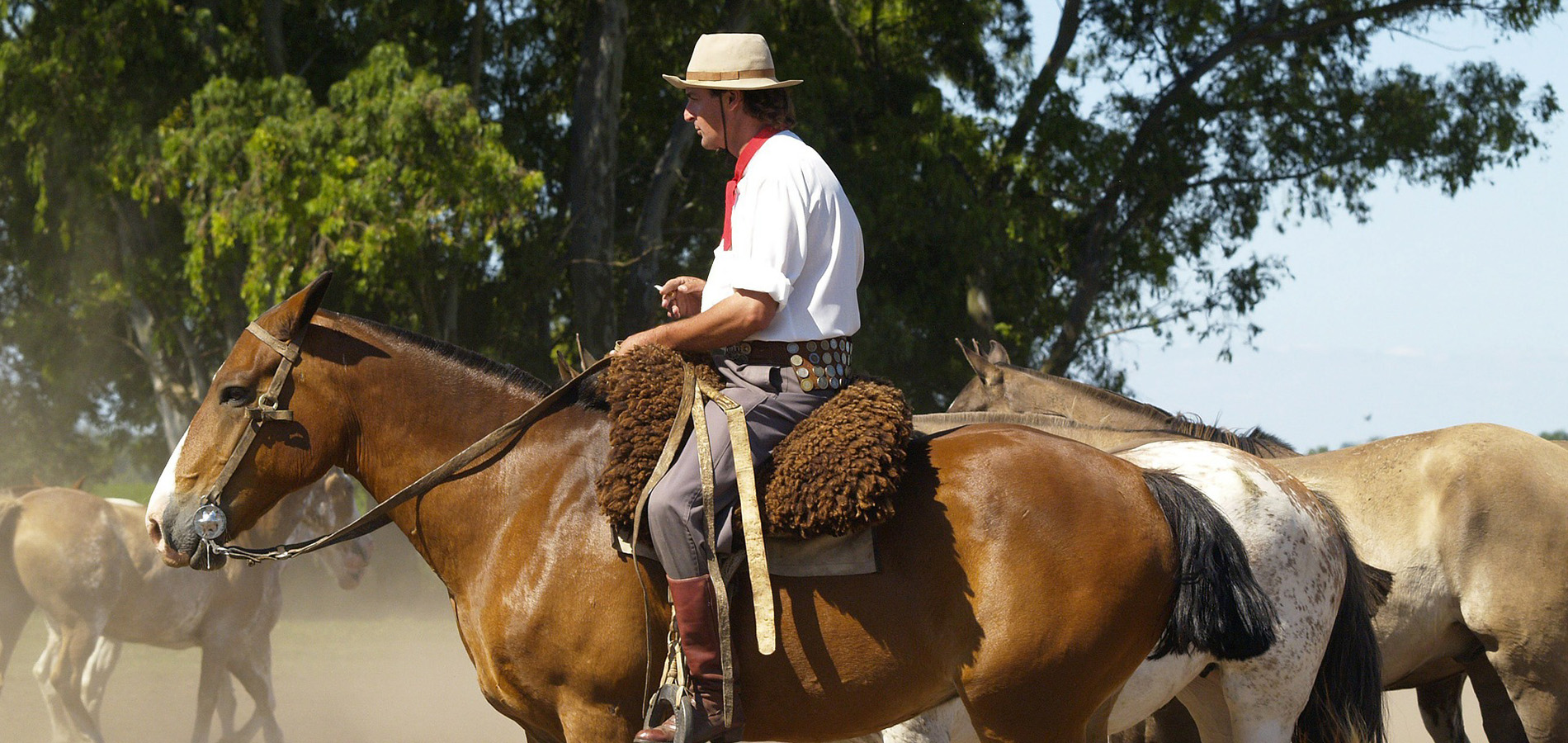Day-to-Day Management for Owners

Horse Handling
While handling your horse, do not let him/her touch any other horses, especially nose-to-nose. Think about this while walking past other horses, on crossties in the barn, or out on the property. If your horse touches any surfaces while passing by, clean/disinfect those areas as soon as possible.
When grazing, you should choose a location where another horse was not recently grazing. Also, stay away from manure piles and other grazing horses.
Horse Handling Key Points
- Do not let your horse interact with other horses while you are handling him/her.
- Choose grazing locations away from areas where other horses recently grazed.
Paddocks, Pastures, and Fields
Private turnout provides more biosecurity than group turnout. However, you can make group turnout situations safer by having all of your own horses turned out together. If that is not an option or you only own one or a few horses, check with the barn manager to ensure that the other horses in the group are being held to the same or higher biosecurity standards as yours.
Paddocks, Pastures, and Fields Key Point
- Choose private turnout whenever possible. Otherwise, group your own horses or horses of similar age and use together.
Vector Control
Vectors are insects that can transmit disease from one animal or human to another. Insect control for the horse owner consists of horse-specific strategies to keep external parasites off the horse. This should include a fly sheet and fly mask, in addition to daily (or per the product instructions) administration of fly spray to any exposed areas. In hard-to-reach areas, use a fly repellant cream or apply spray to a rag and use that on the horse. There are feed additives, such as insect growth regulators, that can be used for more internal fly protection.
Resources
Vector Control Key Point
- Use vector control products on your horse, such as a fly sheet and mask, fly spray, and/or feed additives.
Horse-specific Equipment
Equipment for each horse, such as bits, other tack, boots, brushes, blankets etc., should not be shared unless it has been thoroughly cleaned and disinfected prior to use on a new horse. Label and store each horse’s equipment in a designated area.
Equipment Key Points
- Do not share your horse’s equipment with others or borrow equipment used for other horses.
- If you must borrow/loan something, disinfect it before and after use.
Waste Management
If you are cleaning your horse’s stall, make sure you know the correct equipment to use and where to dump waste. Cleaning stalls should not be done with the same wheelbarrows or other equipment that is used for feeding.
Make sure to clean up urine and manure as soon as possible in shared areas. Flies can be attracted to waste and given a place to breed and grow.
Waste Management Key Points
- Only use waste management equipment when cleaning your horse’s stall.
- Clean up urine and manure promptly in shared spaces.
Visitors
Visiting multiple horse farms consecutively increases the risk of disease transmission from one farm to the next. Before visiting another farm, wash your hands. Inform barn managers of any other farms you’ve visited, especially if they are dealing with a health issue.
Visitors Key Point
- Wash your hands, change your clothes, clean or change your shoes, blow your nose, and even shower between visiting two horse farms.
Cleaning and Disinfection
Cleaning and disinfection are important for horse owners to understand, as you are generally the person cleaning your horse’s equipment.
Although tack cannot be easily disinfected, it should still be used with caution. It should be cleaned on a regular basis and then dried in the sun, as sunlight can kill or inactivate some pathogens. Additionally, make sure to clean and disinfect grooming supplies such as halters, lead ropes, blankets, etc. It is your responsibility to clean and disinfect anything you use specifically for your horse.
Resources
Cleaning Key Points
- Disinfect tack by placing it in the sun.
- Regularly clean and disinfect all of your horse’s equipment
